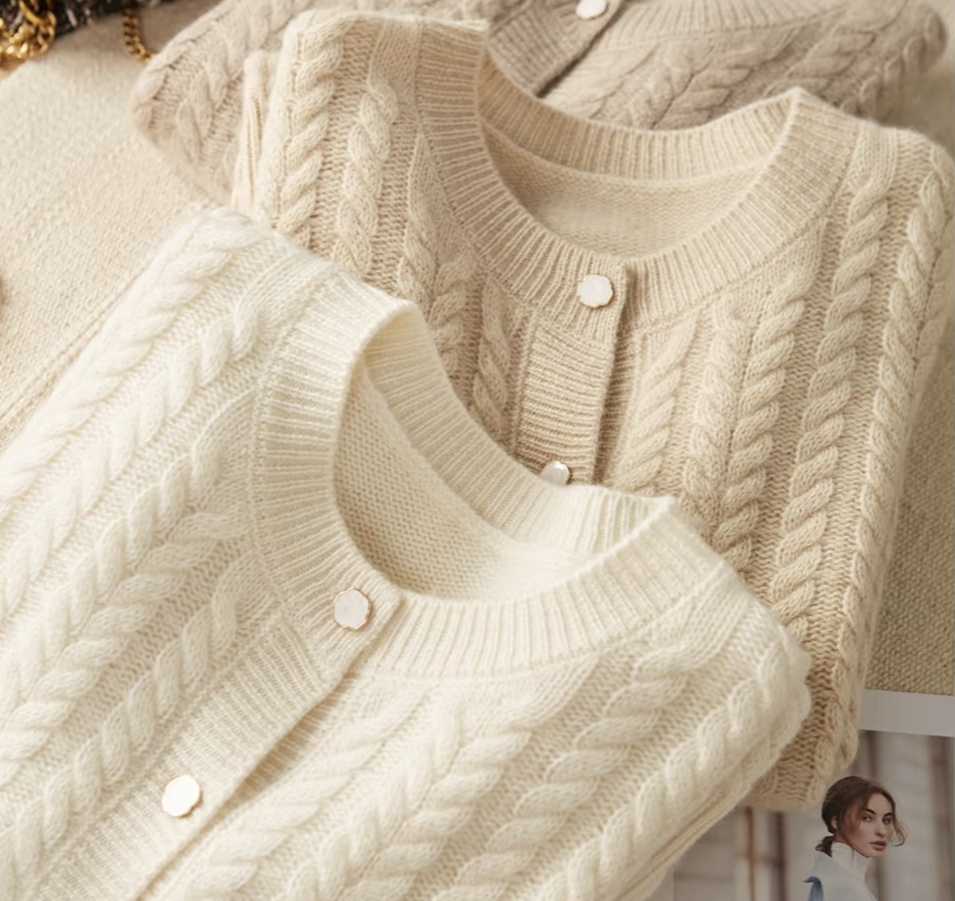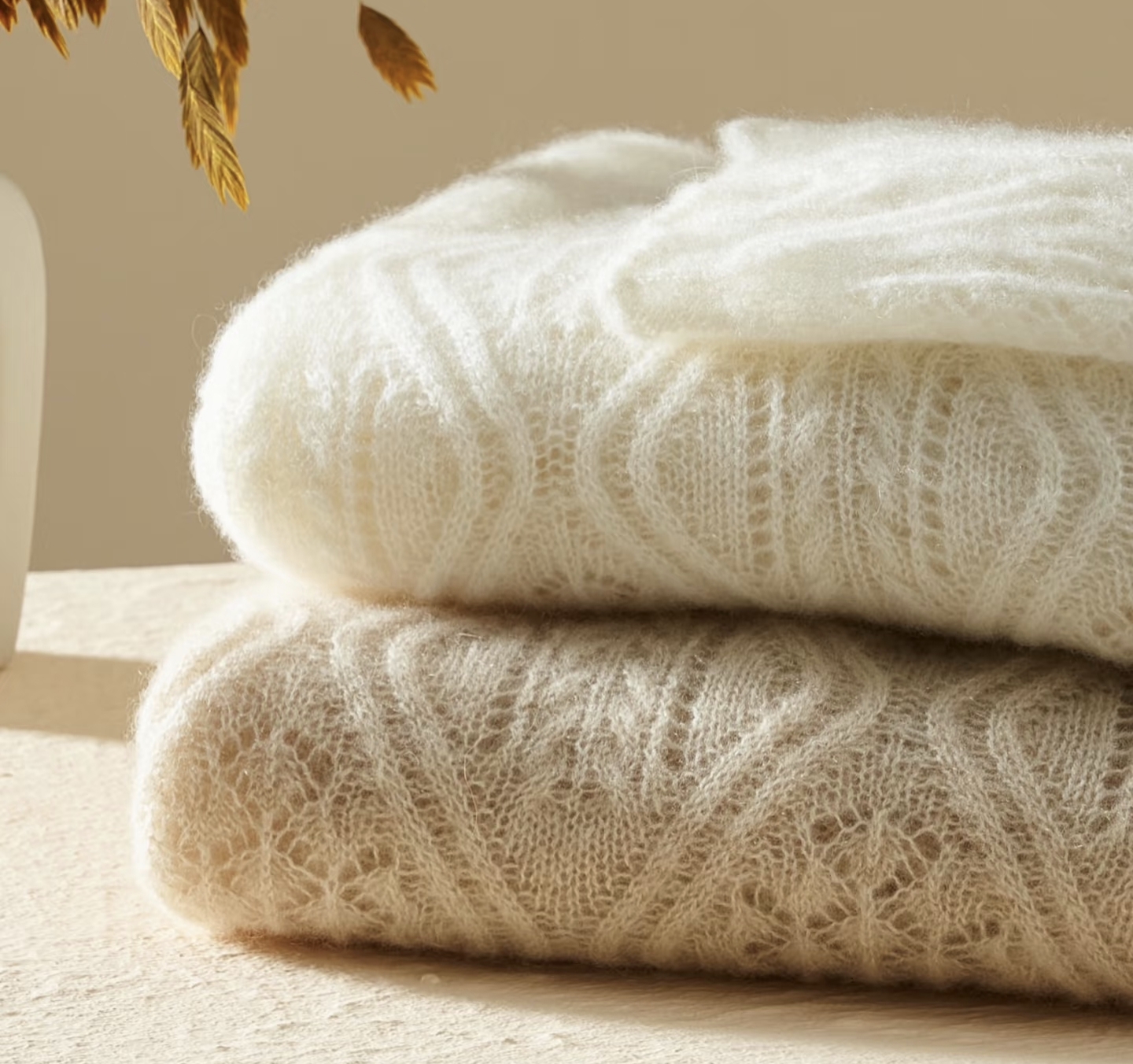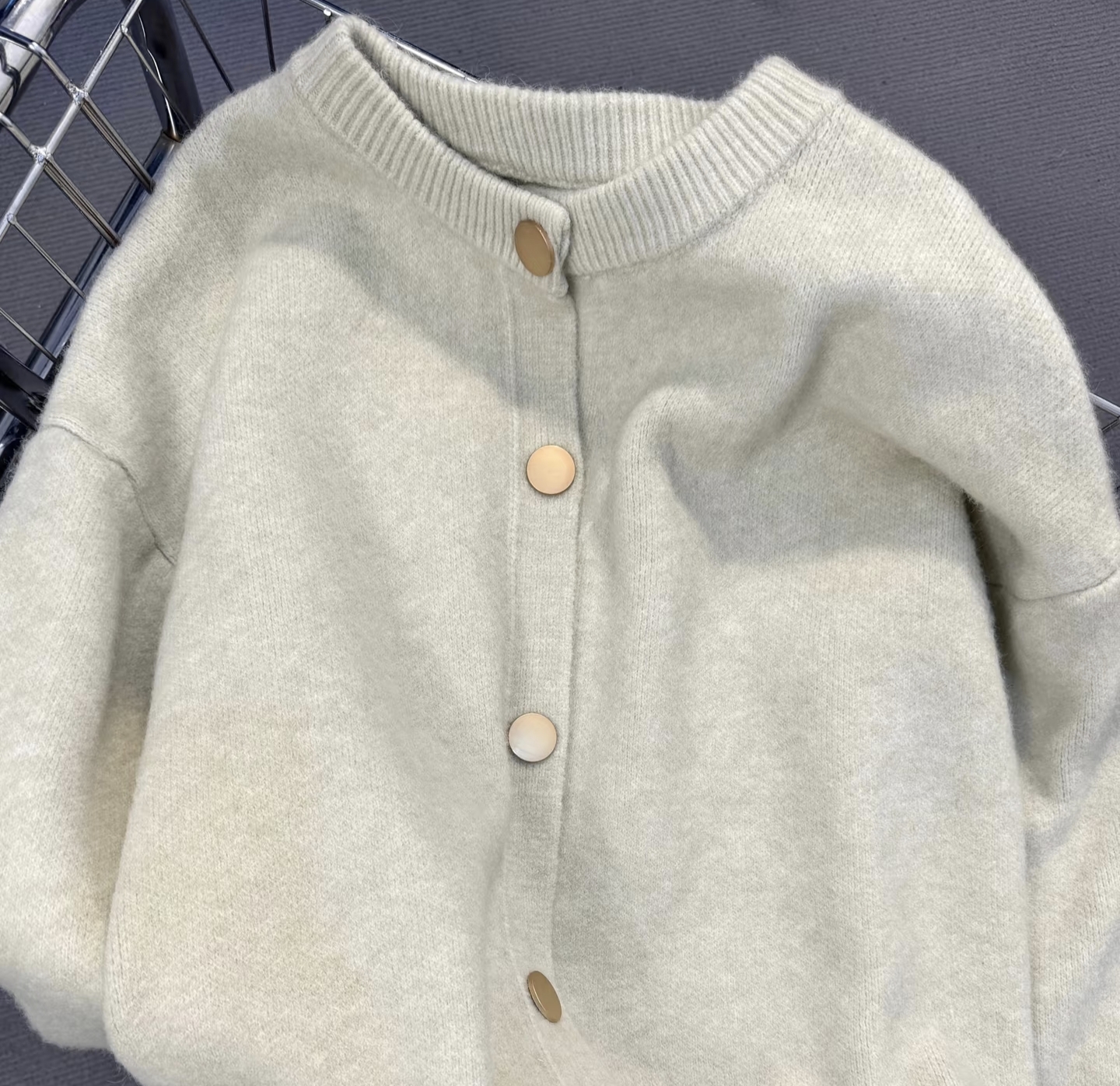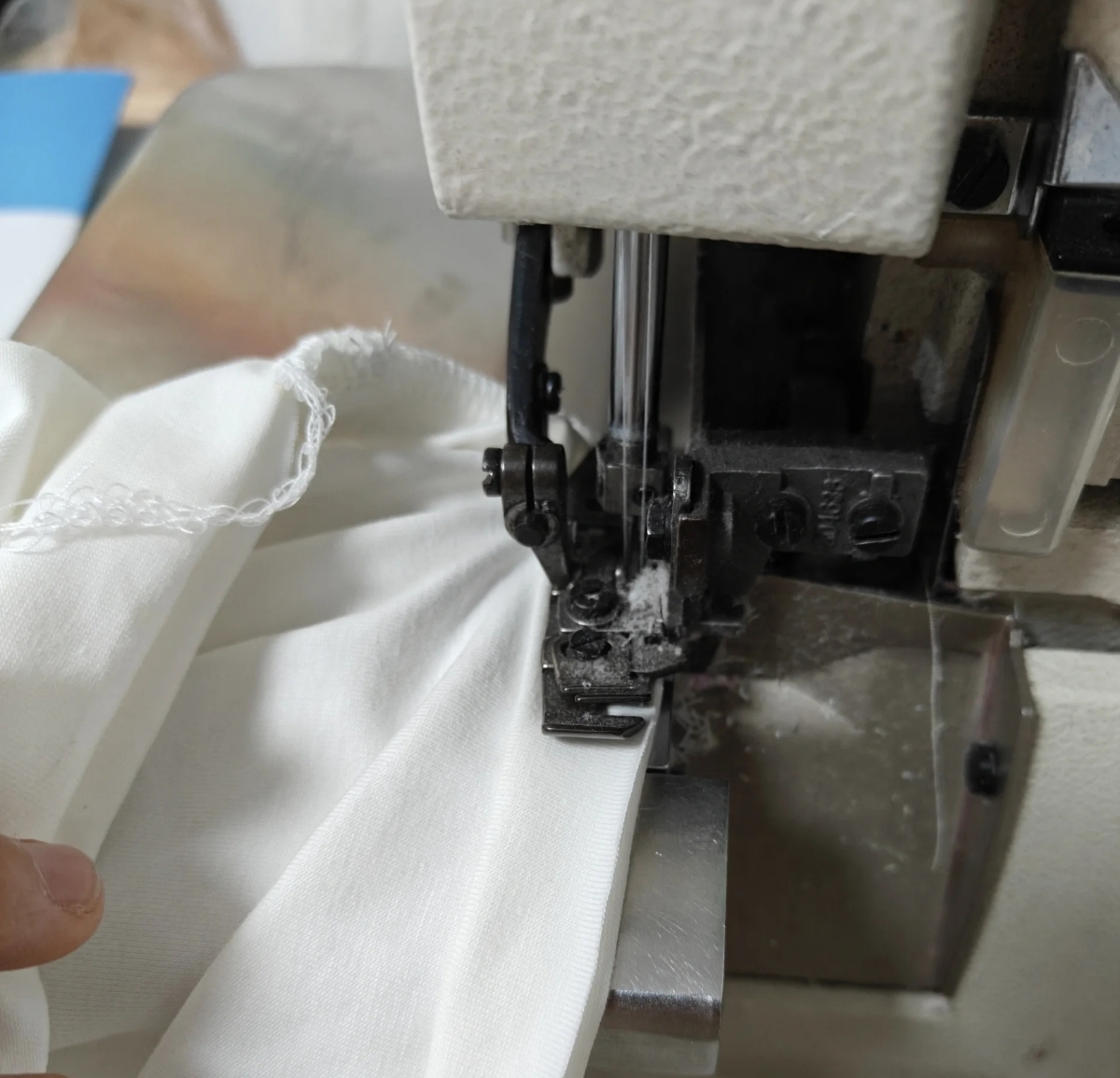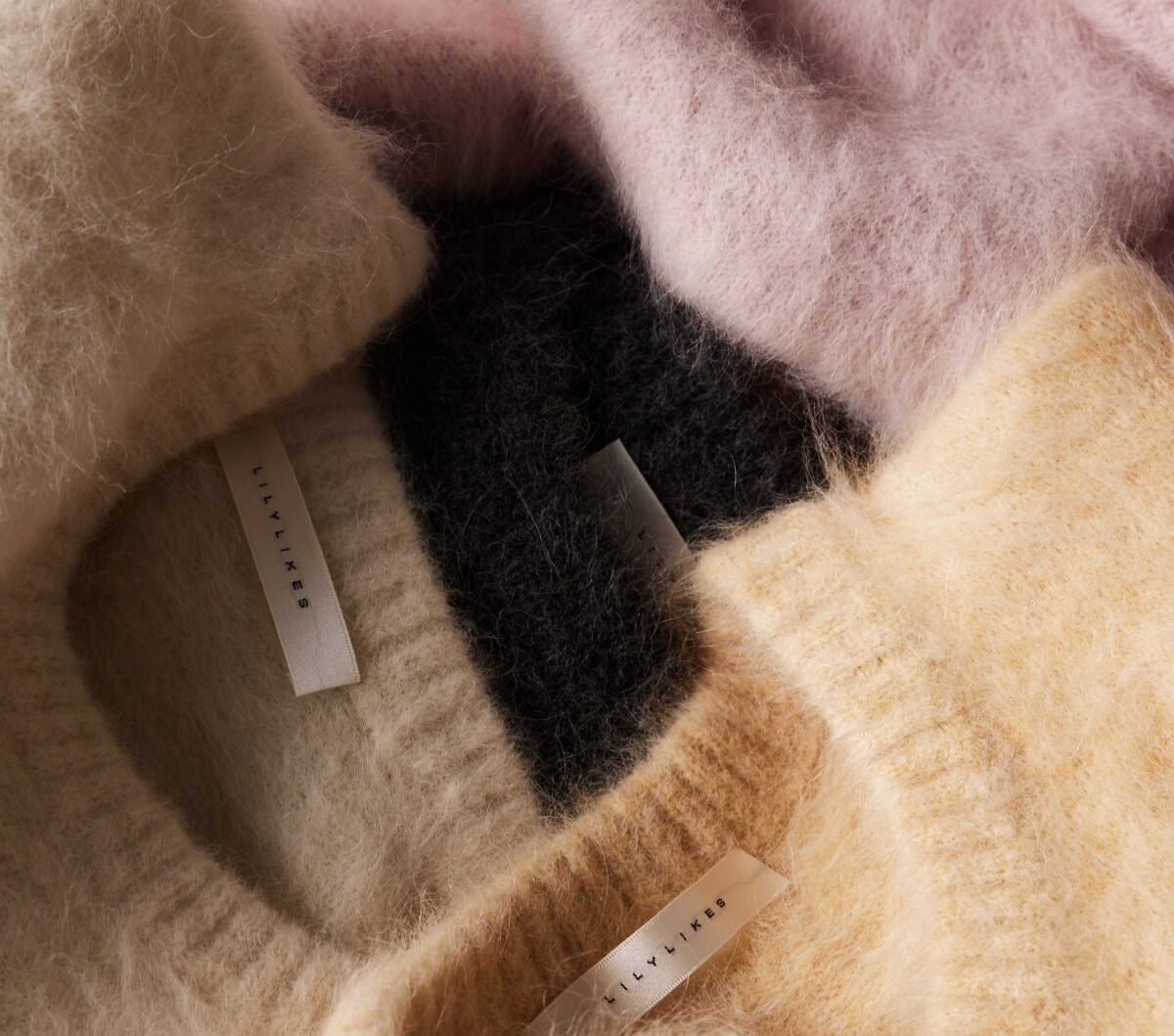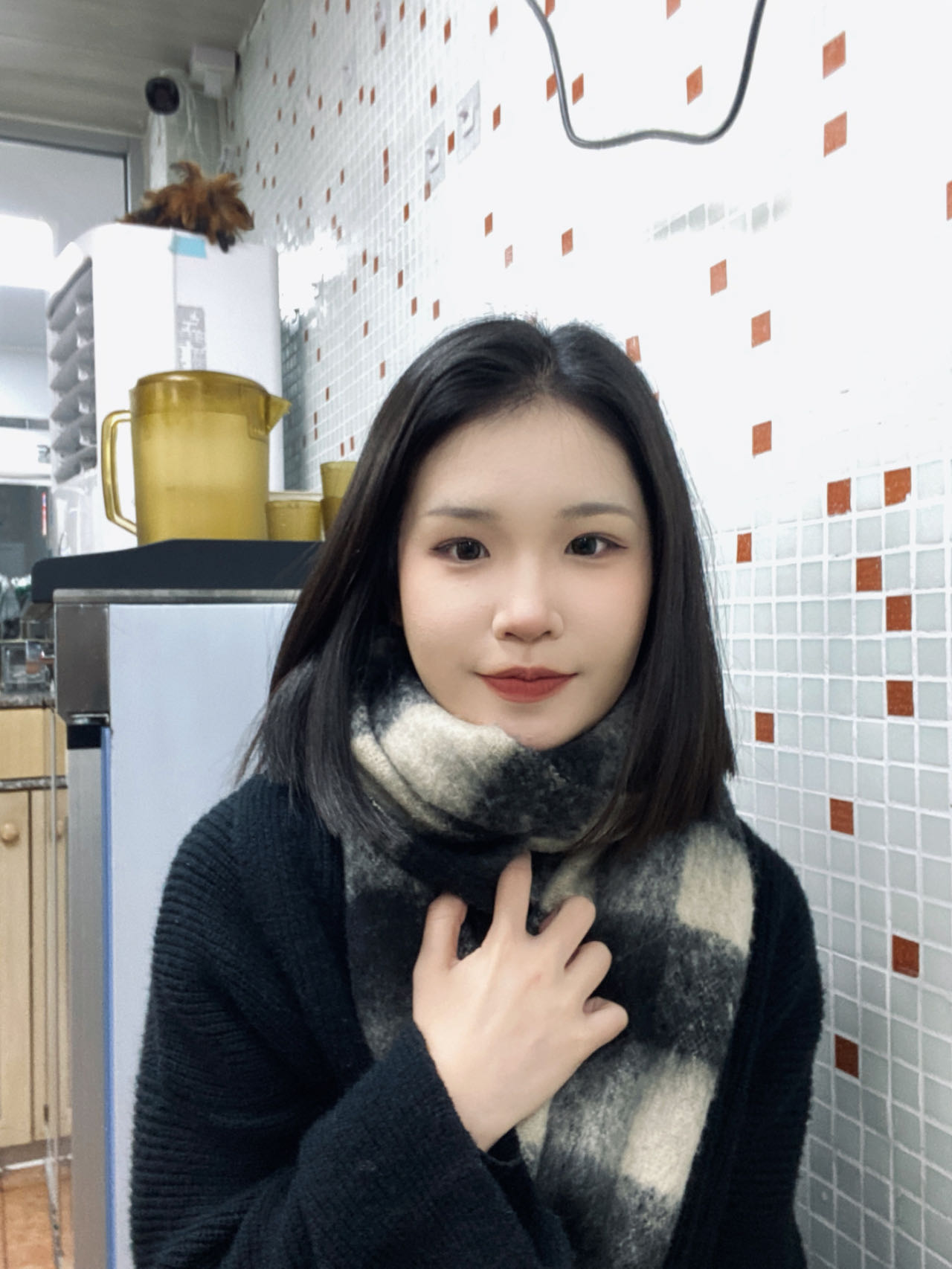Why Customize Sweaters?
- Customized sweaters blend individual expression with functional fashion, offering a canvas for memories, branding, or artistic statements. Unlike mass-produced apparel, they avoid “撞衫” (outfit clashes) and transform garments into meaningful keepsakes or marketing tools.
- The global custom clothing market is growing fast. This is because of e-commerce and printing technology that’s easy to use. They make creating custom designs easier than ever.
- will reach $50.1 billion by 2031 (Allied Market Research), fueled by e-commerce platforms and AI design tools.
Step 1: Define Your Vision & Purpose
Who Is the Sweater For?
Identify the wearer and context:
-
Group wear: Team uniforms, corporate events, or family reunions. Prioritize durable fabrics and simple logos for cohesion.Example: A tech startup orders 100 sweaters for a conference. They choose DTF transfers for vibrant logo gradients on polyester-cotton blends.
-
Personal style: Artistic statements or gifts. Focus on unique graphics, embroidery, or limited-edition prints. Example: An artist draws a flower design by hand. Then they turn it into a digital file using Procreate. Finally, they add embroidery to a thick wool sweater.
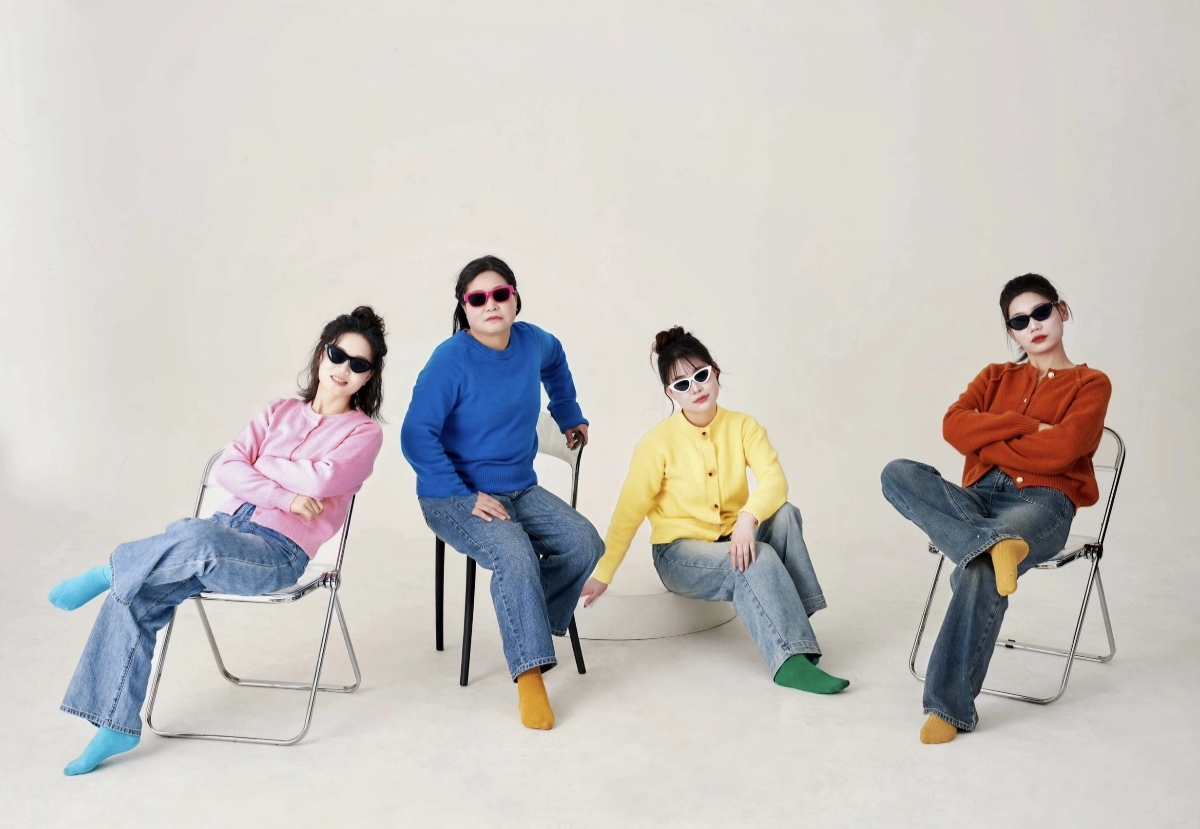
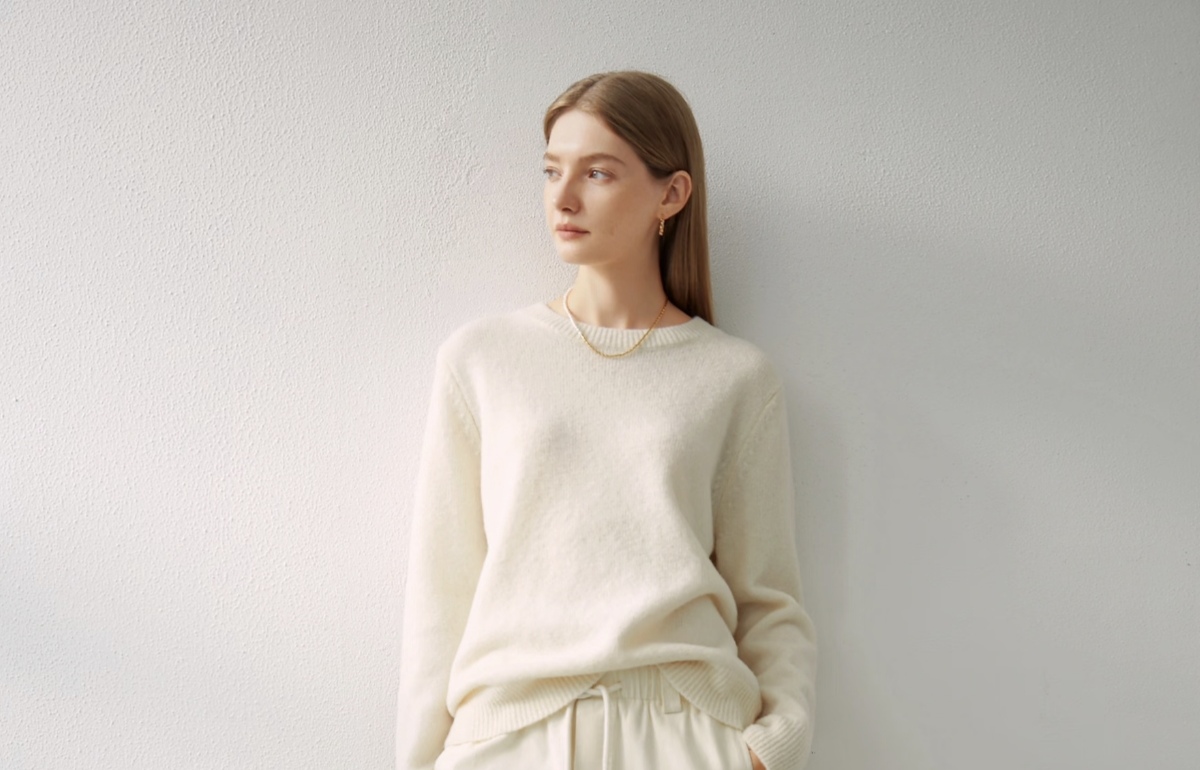
Design Concept Development
-
DIY Tools: Use platforms like DIYSKU for DIY designs or hire illustrators for complex artwork.
-
AI Assistance: Generate patterns with Midjourney, then refine in Photoshop. Upscale resolution via Upscayl for print-ready files.
-
Copyright Caution: Avoid trademarked images unless licensed.
- Legal tip: If you use copyrighted characters, change them a lot. Or buy licensed stock graphics from Creative Market.
Step 2: Select Sweater Base & Material
Fabric Choices Impact Print Quality
| Material | Pros | Cons | Best For |
|---|---|---|---|
| Cotton | Soft, breathable, eco-friendly | Shrinks if untreated | Screen printing, embroidery |
| Combed | Smoother, stronger, less pilling | Higher cost | Premium designs |
| Polyester | Moisture-wicking, durable | Less eco-friendly | DTF, sublimation |
| Blends | Combines cotton/polyester benefits | Varies by ratio | All-purpose use |

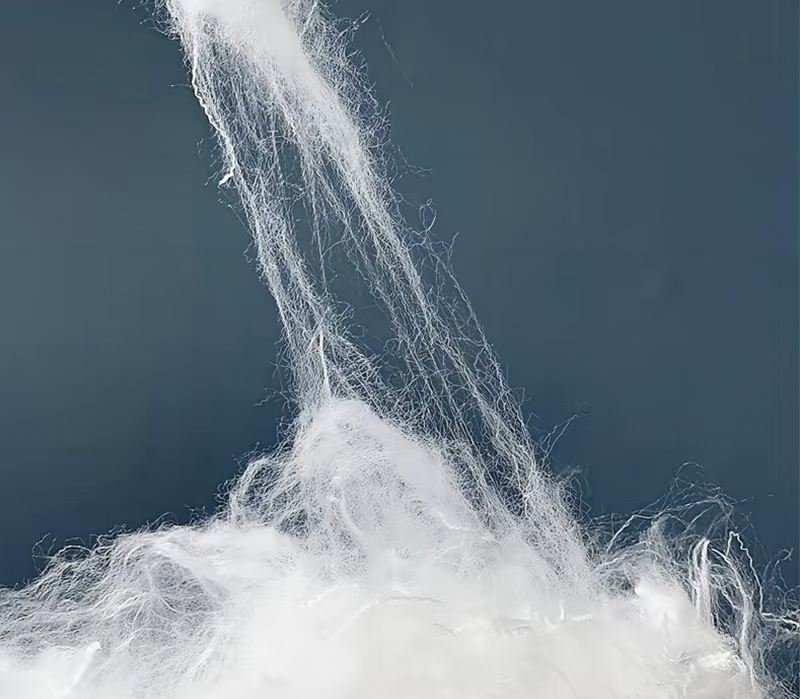
Fit & Style Options
-
Silhouettes: Classic (versatile), slim (fitted), or oversized (streetwear).
-
included: Hoods, zippers, or ribbed cuffs to make it look extra stylish.
-
Athletic Fit: Raglan sleeves for mobility (ideal for team sports).
- oversized (Oversized Silhouette): 440+ GSM fabric for structure.
Step 3: Choose Printing Technique
Comparing Common Methods
A. Screen Printing
-
Water-based ink: Lightweight feel, eco-friendly, but less vibrant on darks.
-
Plastisol ink: Bold colors on dark fabrics, but thicker feel. Avoid large designs for comfort.
-
Plastisol Innovations: “Soft-hand” plastisol mimics water-based feel.
- Cost Structure: 50+ units: $5/print; under 50: $15/print.
B. DTF (Direct-to-Film) Transfers
-
Pros: Works on cotton/polyester, vibrant colors, no color limits.
-
Black Knockout: Removes black ink layers for enhanced breathability and softness—ideal for intricate designs.
-
Process Breakthrough): Black Knockout reduces stiffness by 60% (Textile Institute tests).
- Small-Batch Edge: Print 1 sweater for $20 vs. screen printing’s $100+ setup.
C.Sublimation
-
Pros: Photorealistic prints, seamless coverage.
-
Cons: Only works on polyester; fades over time.
-
Chemical Bonding: Dye gas permeates polyester fibers.
- Warning: Wool’s keratin blocks sublimation—result: washed-out blurs.
D. Embroidery
-
Pros: Luxurious, durable texture.
-
Cons: Costly for complex designs; stiff on large areas.
-
3D Effect Optimization): Underlay stitches stabilize knit fabric.
- Eco-friendliness Spotlight: Water-based screen inks (OEKO-TEX certified) cut environmental impact.
💡 Pro Tip: For sub-50-unit orders, DTF or heat transfer is cost-effective. For bulk, screen printing reduces per-unit costs.
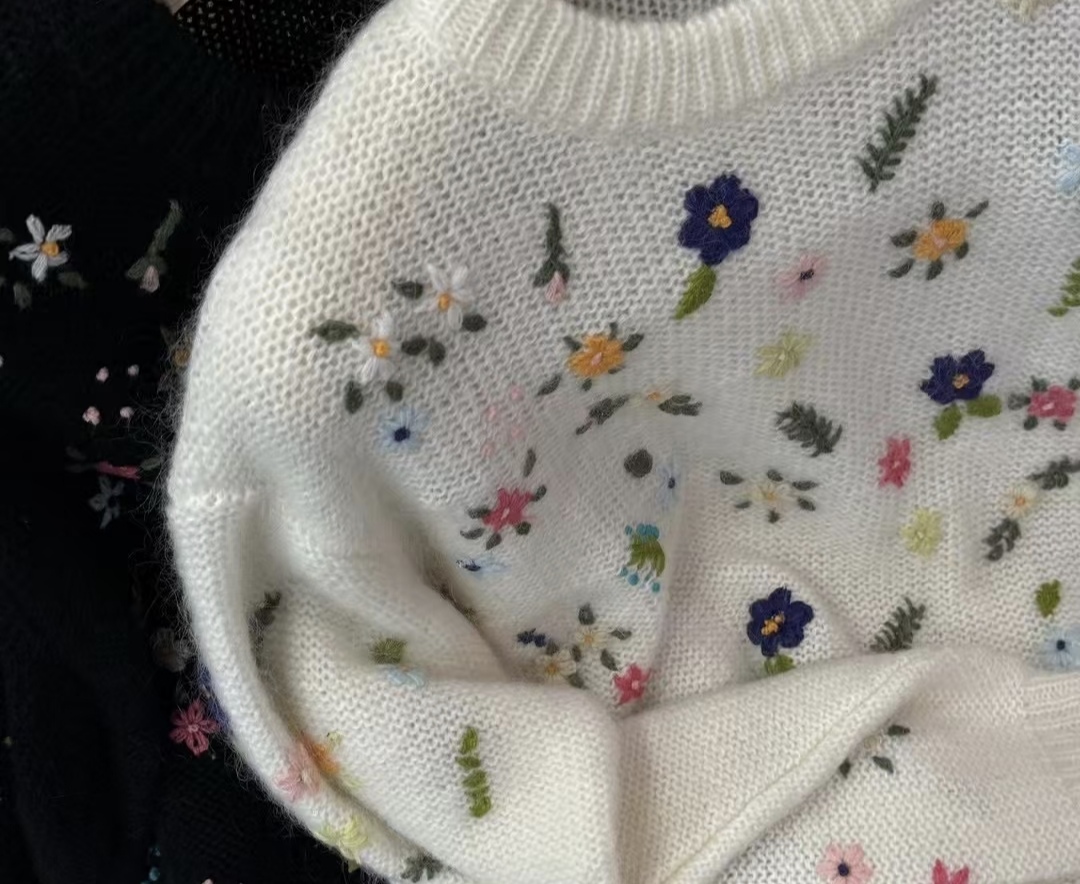
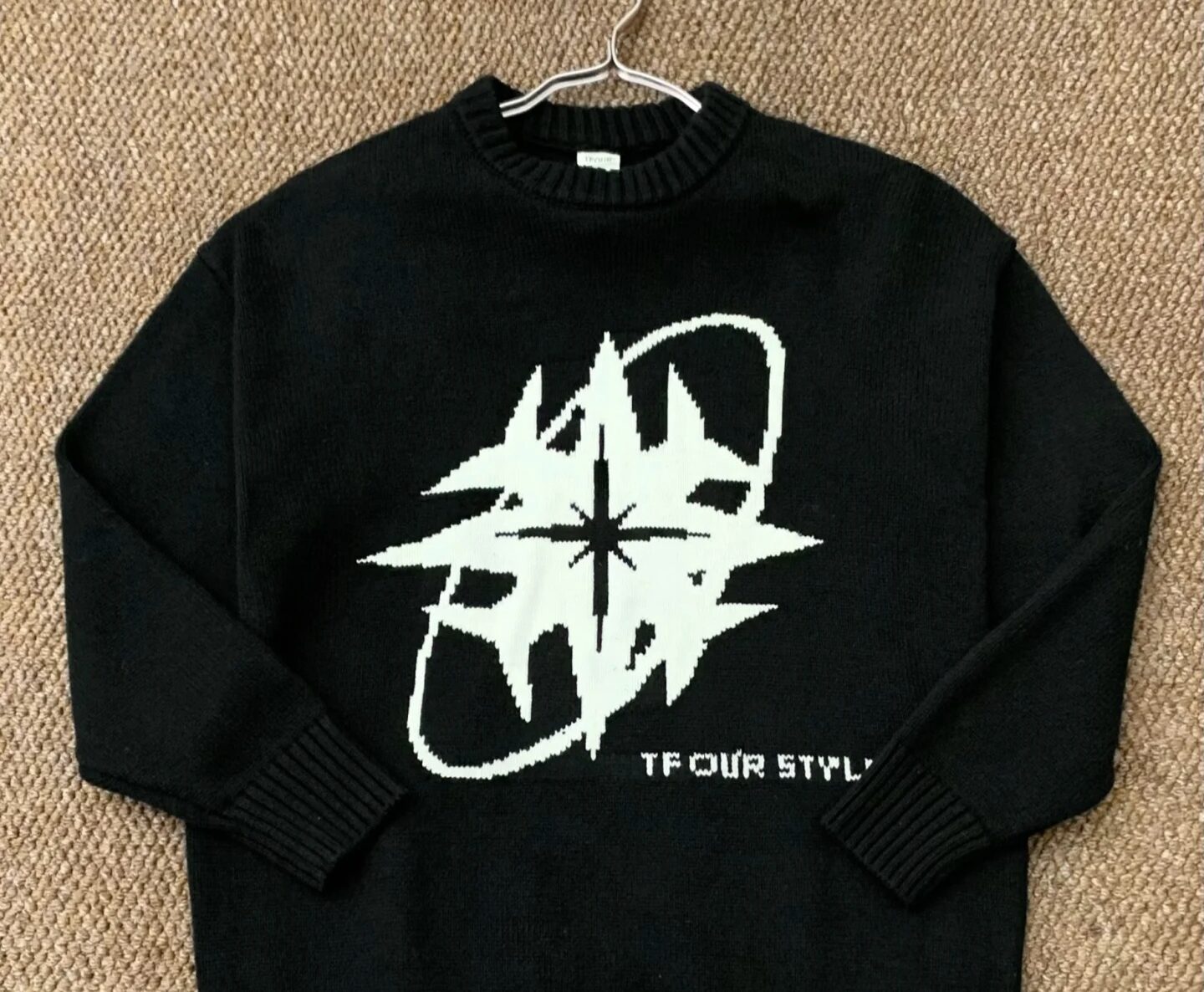
Step 4: Production & Aftercare
DIY vs. Professional Services
-
DIY Workshops: Workshops like DOUZO offer guided printing (2–3 hours) for one-off pieces. Cost: ~$300/sweater.
-
Pro Manufacturers: Brands like bulkknitwear handle bulk orders with consistent quality.
Care Instructions to Preserve Prints
-
Washing: Inside-out, cold water, mild detergent.
-
Drying: Air-dry or low-heat tumble; avoid direct ironing on prints.
Innovations to Watch: AI & Eco-friendliness
-
AI Design Tools: Midjourney + Upscayl enable pro-level art without illustrators.
- Ethical Production: Brands like Giseli Dias use slow, small-batch ways of making things. You can do the same for sweaters by working with local makers.
- Generative Design: Runway brands use Stable Diffusion + CAD for AI-generated knit patterns.
- Circular Economy: Brands embed QR codes linked to digital passports—track recycling routes.
Conclusion: Start Your Custom Project
- Groups: Prioritize durability—choose combed cotton + screen printing.
- Artwear: Embrace complexity—DTF on merino wool captures detail without stiffness.
Key Actions:
1. Prototype: Print swatches on target fabric.
2.Vet Suppliers: Request certifications (ISO 9001, OEKO-TEX).
3.Story-Market: Showcase your sweater’s journey in product descriptions for SEO.
- Custom printed sweaters merge creativity, identity, and function. Start with a clear goal. Match your designs to the fabrics and printing tech. Work with professionals to make sure they do it right.
- Whether for a team or personal wardrobe, this guide ensures your sweater tells a story worth wearing.
Final Tip: Start small with DTF for market testing, then scale to screen printing. Your sweater is a canvas where technology meets identity.

